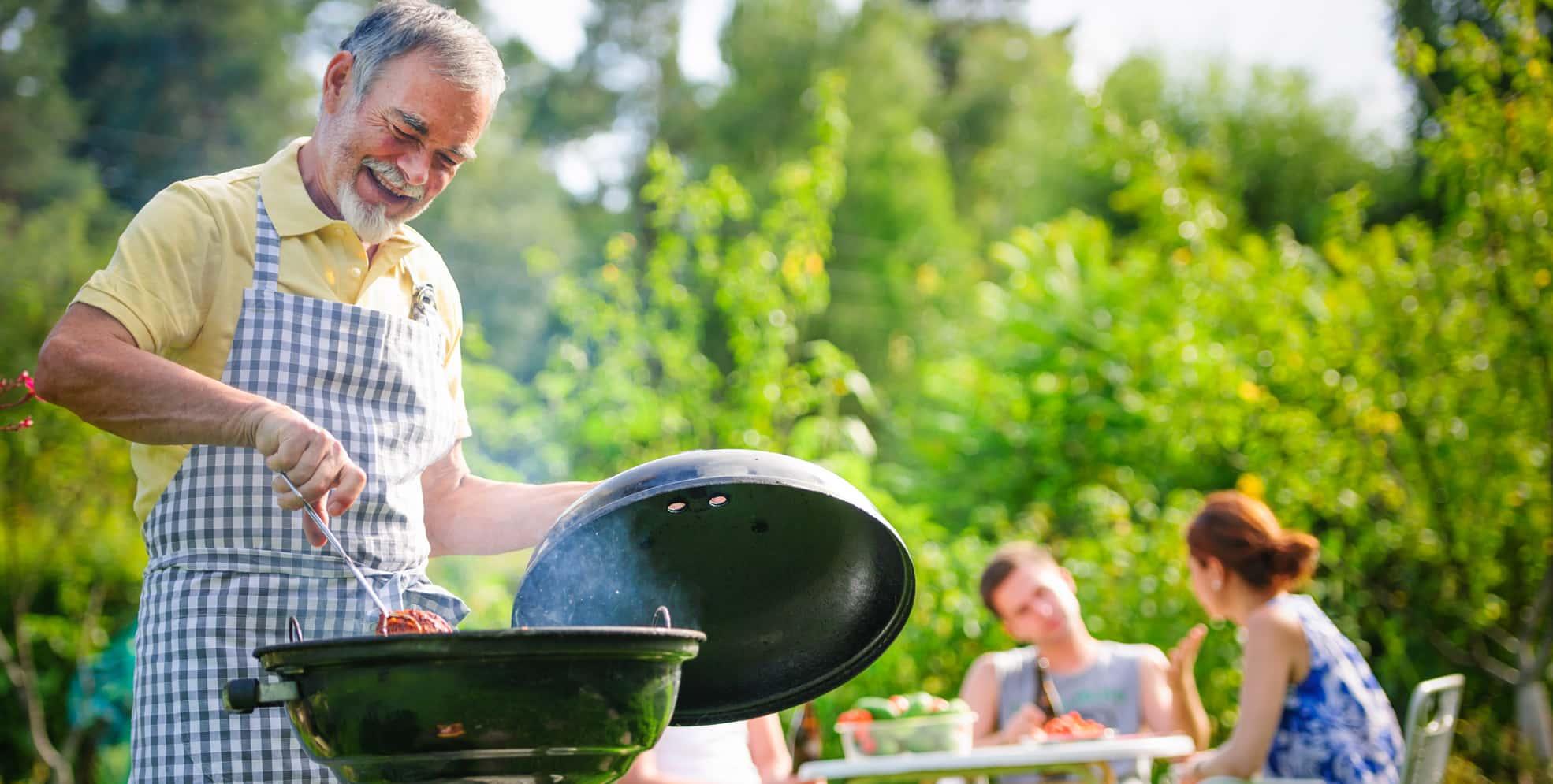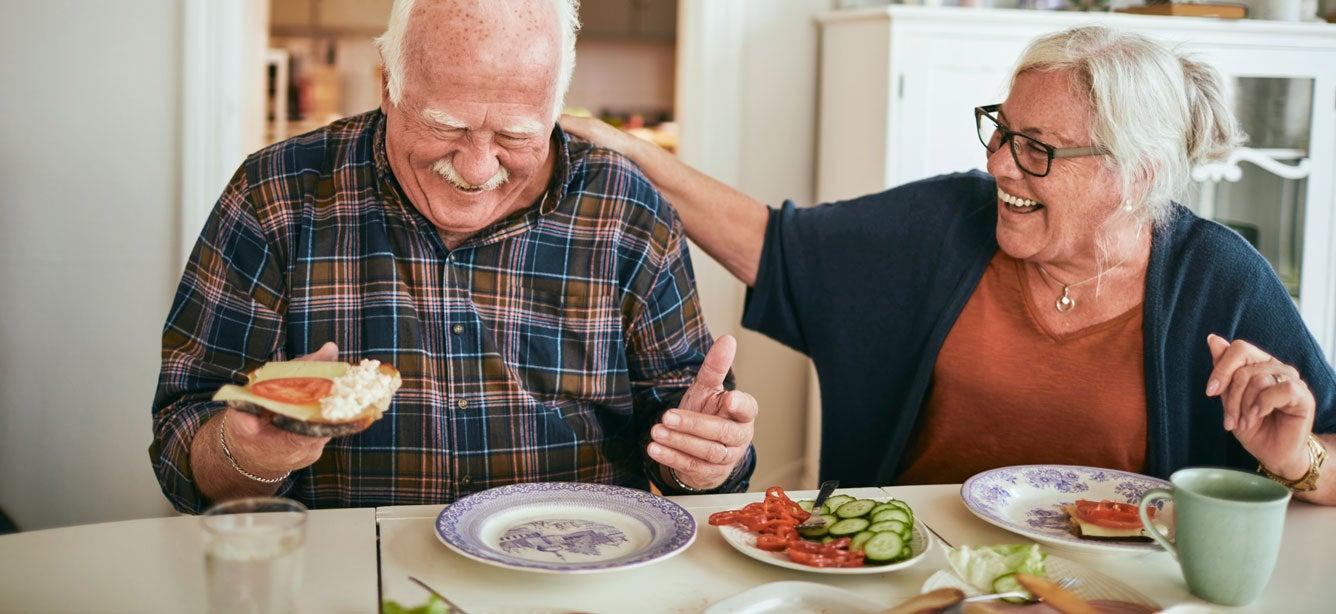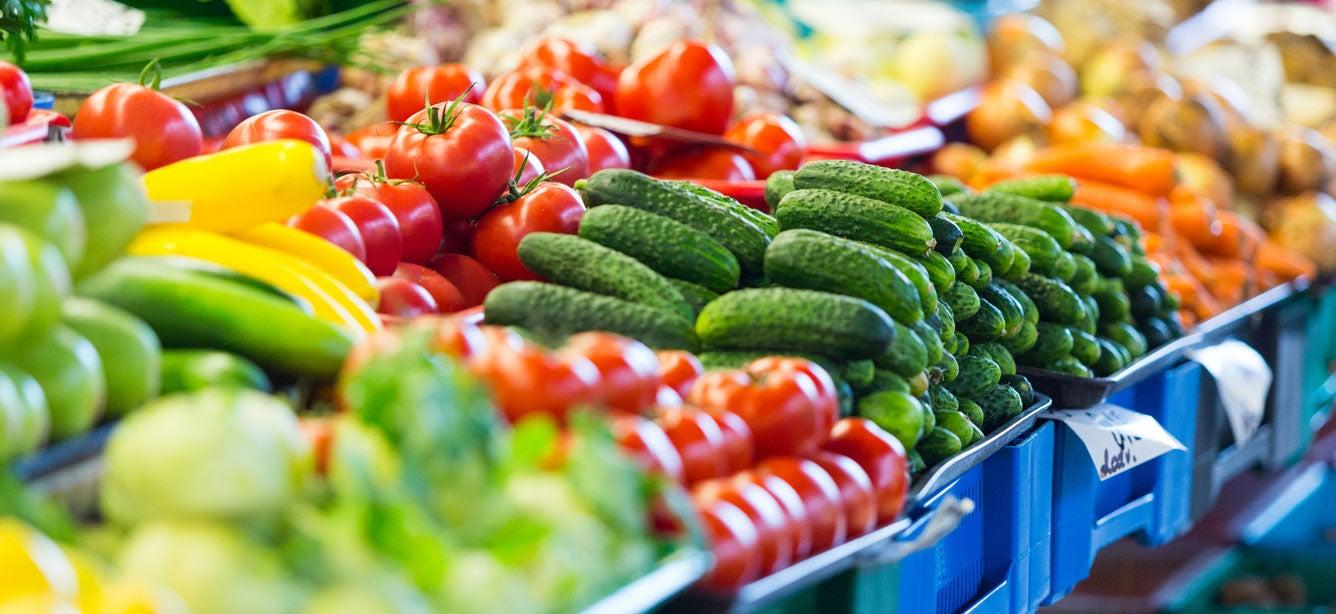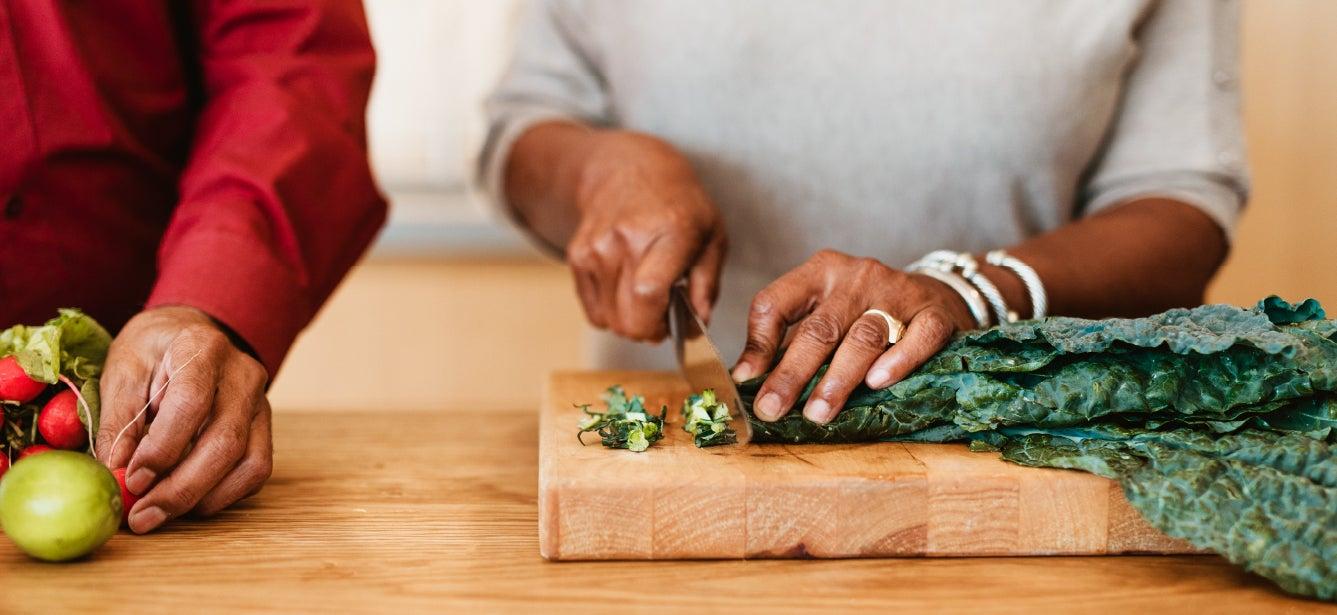
Related Topics
Whether it’s a gathering in the park to grill or a church BBQ on Sunday afternoon, summer cookouts can be lots of fun. And cookouts are also a great way for older adults to stay healthy during the summer.
From socializing with friends and chasing the grandchildren to enjoying fresh, nutritious food from your local grocery store or farmers market, this beloved activity is jam-packed with mental and physical wellness opportunities.
To ensure your cookouts this season are both fun and safe, here are a few tips from the U.S. Department of Agriculture (USDA).
What helps make a cookout healthy?
You can kicking up the nutrition without missing out on any of the grilling action by:
- Grilling fruits and veggies: Toss some tomatoes, pineapple, or even a full ear of corn right on the grill. The heat will enhance the flavors, but be careful not to overcook them.
- Choosing the right meat: Lean proteins are both better for you and easier to grill. Meats high in fat can lead to flare ups as the fat drips on the flames.
- Skewering the meat: Making a kabob is an easy way to cut down on cooking time, control serving sizes, and make your grandkids at least try their veggies.
- Kicking up the flavors: If the smoky taste of grilled meat isn’t enough for you, there’s always a marinade.
- Some favorite marinade ingredients include wines, vinegars, lemon or lime juice, low-sodium soy sauce, honey, garlic, onions, herbs, and spices.
- Remember that less is more if it’s a high-sugar or high-fat sauce.
- Don’t use marinade that has had uncooked meat in it as a sauce.
4 steps to food safety
It’s always best to keep a clean cooking space, but that can be a little harder when you're cooking outside. To help make sure no no one gets sick, be sure to:
- Clean: Sanitize everything regularly—from your hands and grilling utensils, to your corn on the cob and those potatoes you plan to use for potato salad (yes, potato skins need to be cleaned even if you plan to peel them)!
- Separate: Keep raw and cooked foods separate, and use separate cutting boards and plates for produce, meat, poultry, and eggs. Don’t cut your watermelon on the same surface you used to slice the chicken for your skewers. Even if you’ve washed the cutting board or bowl by hand, it’s always best not to re-use it until it’s been through the dishwasher.
- Cook: Even if you believe you’re a pro at telling if your burgers or hot dogs are done by texture and color alone, you should still use a meat thermometer to ensure your food has reached the recommended temperature (see chart below).
- Chill: Illness-causing bacteria manifest on perishable foods within just 2 hours, and on a hot summer day when it’s 90˚ F or warmer, cut that time in half to 1 hour! Get those leftovers in the refrigerator—or throw them in a cooler of ice if out at the park—quickly.
Grill like a PRO
If you’re not using a thermometer because you’re not sure the best way to test the meat, here’s a simple infographic to help you Grill like a PRO:

- P—Place the thermometer in the thickest part of the meat.
- R—Read the temperature.
- Beef, pork, lamb, and veal (steaks, roasts, and chops): 145° F with a 3-minute rest time
- Ground meats: 160° F
- Whole poultry, poultry breasts, and ground poultry: 165° F
- O—Off the Grill.
To learn more about food safety and how to keep you and your loved ones safe, visit FoodSafety.gov or call the USDA Meat and Poultry Hotline at 1-888-MPHotline (1-888-674-6854).



